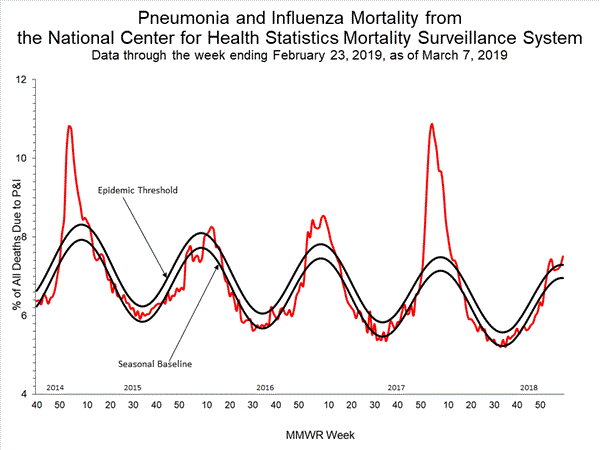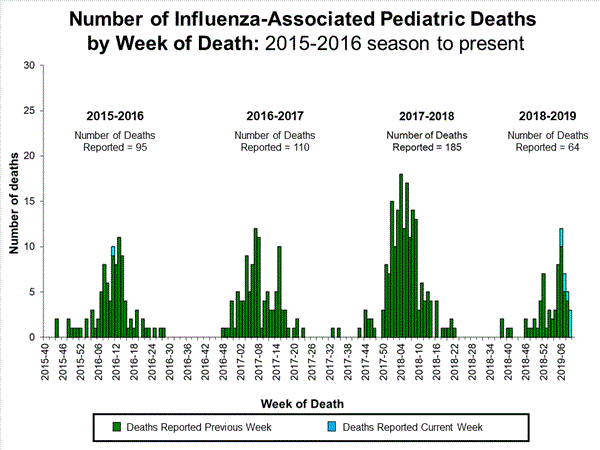WHO today announced the most wide-ranging reforms in the Organization’s history to modernize and strengthen the institution to play its role more effectively and efficiently as the world’s leading authority on public health.
The changes are designed to support countries in achieving the ambitious “triple billion” targets that are at the heart of WHO’s strategic plan for the next five years: one billion more people benefitting from universal health coverage (UHC); one billion more people better protected from health emergencies; and one billion more people enjoying better health and well-being.
These changes include:
- Aligning WHO’s processes and structures with the “triple billion” targets and the Sustainable Development Goals by adopting a new structure and operating model to align the work of headquarters, regional offices and country offices, and eliminate duplication and fragmentation.
- Reinforcing WHO’s normative, standard-setting work, supported by a new Division of the Chief Scientist and improved career opportunities for scientists.
- Harnessing the power of digital health and innovation by supporting countries to assess, integrate, regulate and maximize the opportunities of digital technologies and artificial intelligence, supported by a new Department of Digital Health.
- Making WHO relevant in all countries by overhauling the Organization’s capabilities to engage in strategic policy dialogue. This work will be supported by a new Division of Data, Analytics and Delivery to significantly enhance the collection, storage, analysis and usage of data to drive policy change in countries. This division will also track and strengthen the delivery of WHO’s work by monitoring progress towards the “triple billion targets” and identifying roadblocks and solutions.
- Investing in a dynamic and diverse workforce through new initiatives including the WHO Academy, a proposed state-of-the-art school to provide new learning opportunities for staff and public health professionals globally. Other measures include a streamlined recruitment process to cut hiring time in half, management trainings, new opportunities for national professional officers, and previously-announced improvements in conditions for interns.
- Strengthening WHO’s work to support countries in preventing and mitigating the impact of outbreaks and other health crises by creating a new Division of Emergency Preparedness, as a complement to WHO’s existing work on emergency response.
- Reinforcing a corporate approach to resource mobilization aligned with strategic objectives and driving new fundraising initiatives to diversify WHO’s funding base, reduce its reliance on a small number of large donors and strengthen its long-term financial stability.
“The changes we are announcing today are about so much more than new structures, they’re about changing the DNA of the organization to deliver a measurable impact in the lives of the people we serve,” said Dr Tedros Adhanom Ghebreyesus, WHO Director-General. “Our vision remains the same as it was when we were founded in 1948: the highest attainable standard of health for all people. But the world has changed, which is why we have articulated a new mission statement for what the world needs us to do now: to promote health, keep the world safe and serve the vulnerable.”
The new measures were developed following an extensive period of consultation with staff, and were developed jointly by WHO’s Global Policy Group, which consists of the Director-General and each of the organization’s six regional directors: Dr Matshidiso Moeti (Regional Director for Africa), Dr Carissa Etienne (Regional Director for the Americas), Dr Poonam Khetrapal Singh (Regional Director for South-East Asia), Dr Zsuzsanna Jakab (Regional Director for Europe), Dr Ahmed Al-Mandhari (Regional Director for the Eastern Mediterranean) and Dr Takeshi Kasai (Regional Director for the Western Pacific).
WHO’s new corporate structure is based on four pillars which will be mirrored throughout the organization.
The Programmes pillar will support WHO’s work on universal health coverage and healthier populations. The Emergencies pillar will be responsible for WHO’s critical health security responsibilities, both in responding to health crises and helping countries prepare for them. The External Relations and Governance pillar will centralize and harmonize WHO’s work on resource mobilization, communications. The Business Operations pillar will likewise ensure more professionalized delivery of key corporate functions such as budgeting, finance, human resources and supply chain.
The four pillars will be supplemented by the Division of the Chief Scientist at WHO Headquarters in Geneva to strengthen WHO’s core scientific work and ensure the quality and consistency of WHO’s norms and standards.
Underpinning the new structure, 11 business processes have been redesigned, including planning, resource mobilization, external and internal communications, recruitment, supply chain, performance management, norms and standards, research, data and technical cooperation.
The Global Policy Group stressed the role of working with partners. Dr Tedros said WHO must develop a new mindset to seek out and build partnerships that harness the combined strength of the global health community – both in the public and private sectors. One example of this is a new Global Action Plan for Healthy Lives and Well-Being for All, under which 12 partner organizations are working together to achieve health-related Sustainable Development Goals.







